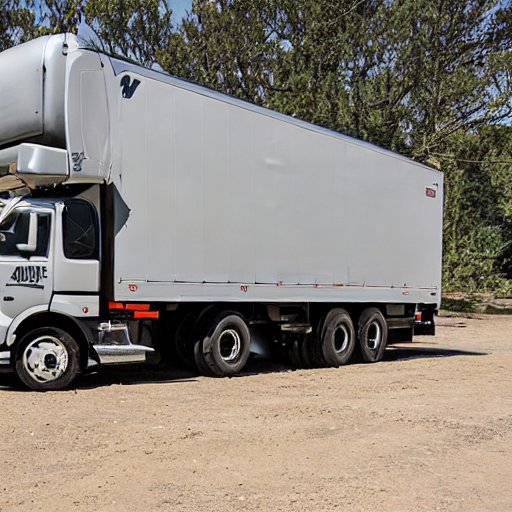Hey there, folks! It’s your boy, Matthew, and today we’re going to talk about the age-old question: is GVWR fully loaded?
Buckle up, because we’re about to go on a wild ride.
Let me tell you a little story about my personal experience with GVWR. I remember a time when I was a young buck, just starting out in the trucking industry.
I had just gotten my CDL and was feeling pretty confident behind the wheel. I was driving a brand new Peterbilt 389 and had just picked up a load of 50,000 pounds of steel.
As I was driving down the highway, I started to notice that the truck was handling a little differently than usual.
It felt a little sluggish, and the steering was a bit harder to control.
At first, I thought it was just me being a newbie driver.
But then I remembered something my instructor had told me: “make sure you don’t exceed the GVWR of your truck.””
I quickly pulled over and checked my manual, and sure enough, I was over the GVWR. I had to call for backup and wait for another truck to come and take some of the load off.
Needless to say, it was a pretty embarrassing experience, but it taught me a valuable lesson about the importance of GVWR.
So, what exactly is GVWR? Well, GVWR stands for Gross Vehicle Weight Rating, and it’s the maximum weight that a vehicle is designed to carry.
This weight includes the weight of the vehicle itself, plus any cargo, passengers, fuel, and accessories.
It’s important to note that GVWR is different from curb weight, which is the weight of the vehicle without any passengers or cargo.
Now, to answer the question at hand: is GVWR fully loaded? The short answer is yes.
The GVWR is the maximum weight that a vehicle can carry, so if you exceed it, you’re putting yourself and others on the road in danger. Not only is it dangerous, but it’s also illegal.
You could face hefty fines or even lose your license if you’re caught driving a vehicle that’s over the GVWR.
But how do you know if you’re within the GVWR? Well, the easiest way is to check your vehicle’s manual or look for the sticker on the driver’s side door jamb.
This sticker will tell you the GVWR, as well as the curb weight and other important information about your vehicle.
If you’re carrying a heavy load and you’re not sure if you’re within the GVWR, it’s always better to err on the side of caution and weigh your vehicle.
You can find public scales at truck stops and other locations, and it only takes a few minutes to weigh your truck and make sure you’re within the legal weight limits.
Now that we’ve answered the main question, let’s break it down into some subheadings for easier reading:
Table of Contents
The Importance of GVWR
As I mentioned earlier, exceeding the GVWR can be dangerous and illegal.
It puts extra strain on your vehicle’s suspension, brakes, and tires, and can make it harder to control your vehicle. Plus, if you’re involved in an accident and you’re over the GVWR, it could make you liable for any damages or injuries.
How to Calculate GVWR
Calculating GVWR is pretty simple.
Just take the curb weight of your vehicle (which you can find in the manual or on the sticker) and add the weight of any passengers, cargo, fuel, and accessories that you’ll be carrying.
Make sure you don’t exceed the GVWR, and if you’re not sure, weigh your vehicle to be safe.
Overloading vs. Overweight
Now, let’s clear up some confusion between overloading and overweight.
Overloading refers to carrying more weight than your vehicle’s capacity, while overweight refers to exceeding the legal weight limits set by the government.
So, even if you’re not exceeding the GVWR, you could still be overweight and face legal consequences. It’s important to know the legal weight limits for your vehicle and to always stay within them to avoid fines and legal troubles.
In conclusion, GVWR is not just some random acronym you can ignore. It’s a crucial factor in ensuring safe and legal driving. Don’t be like young Matthew here and make the mistake of overloading your vehicle.
Always check your manual, look for the sticker on the driver’s side door jamb, or weigh your vehicle if you’re not sure.
Remember, safety first, and stay within the legal weight limits. And with that, folks, we’ve come to the end of our wild ride. Until next time, keep on truckin’.
